
Targeted Control of Shade Effects with VITA AKZENT Plus CHROMA STAINS
It is a familiar situation: The restoration's shade saturation does not match the natural tooth structure during the try-in. In that case, VITA AKZENT Plus CHROMA STAINS (VITA Zahnfabrik, Bad Säckingen, Germany) allow the chroma within a shade group to be increased systematically, helping to achieve the ideal final shade results. The CHROMA STAINS also make it possible to reproduce intermediate shades – as if with a brushstroke – without having to mix two different DENTINE materials. "These stains help me take tooth esthetics to an even higher level," says dental technician Urszula Mlynarska. In the following interview, she explains the reasons behind her enthusiasm, as well as points to consider when applying stains.
DV: In what cases do you use VITA AKZENT Plus CHROMA STAINS?
DT Urszula Mlynarska: In general, the CHROMA STAINS allow me to work on a very individual basis and to precisely control the color intensity and shade to meet the expectations of dentists and patients. Being able to precisely control the chroma within a shade group and reproduce even the slightest nuance in shading allows me to reach new levels in restoration production. For restorations with limited space, the stain shades allow me to characterize them internally, helping me to achieve three-dimensional color effects.
DV: What was the challenge in this case and how could the new stains help achieve a successful restoration?
DT Urszula Mlynarska: The esthetic expectations were very high in this case. The restorations were supposed to be a bit lighter than the natural teeth. When fabricating the crowns, we wanted to achieve natural light dynamics that matched the appearance of the neighboring teeth.
The brightness was to be retained in the central area, the shade in the cervical area was to be intensified and the chroma of the incisal edge was to be increased. At the same time it was also necessary to reproduce the base tooth shade of the natural teeth.
DV: How important is the precise reproduction of chromacity for achieving harmonious, color integration of the restoration?
DT Urszula Mlynarska: Every color is defined by the dimensions of brightness, color saturation and shade. Each tooth shade must be analyzed in the order mentioned, and this hierarchy also needs to be taken into account during the reproduction. The brightness of a tooth is relatively easy to determine. It takes more experience to determine chromacity. Identifying the shade requires an even higher, professional level of experience. VITA AKZENT Plus CHROMA STAINS allow targeted control of the chromacity, helping me to achieve the most individual, lifelike results possible.
DV: In your experience, how reliably can the shade effect or chromacity of restorations be controlled with the new stains?
DT Urszula Mlynarska: VITA stains provide us with a logical approach to reproducing shade effects. For me, they are tools I can use to precisely reproduce all the nuances of the entire color spectrum of natural tooth structure. CHROMA STAINS allow the chromaticity of a restoration to be controlled easily and precisely, as the change in color is already visible when the paint is applied.
DV: Why are VITA AKZENT Plus Chroma Stains the ideal material for any dental technician to help achieve excellent and consistent results?
DT Urszula Mlynarska: The stains allow beginners to achieve the correct shade quickly, easily and predictably. In addition, any experienced ceramist can use them in a more individual and creative way. Because chromacity can be controlled on a very individual level with these stains, which allows for customized characterization and layer protocols.
DV: How do you rate the processing properties of the new VITA AKZENT Plus CHROMA STAINS as compared to stains from other manufacturers?
DT Urszula Mlynarska: Application is really easy and you can use the stains in a number of different ways, such as for internal and external characterization. The intensity can be controlled precisely, which makes it possible to apply color efficiently on the restoration surface. The stains only increase the chroma and do not alter the light transmission or UV effects of the restoration. The staining and layering materials essentially merge with each other, resulting in a three-dimensional appearance while not increasing the wall thickness of the reconstruction.
Report 11/18
DT Urszula Mlynarska
Warsaw, Poland
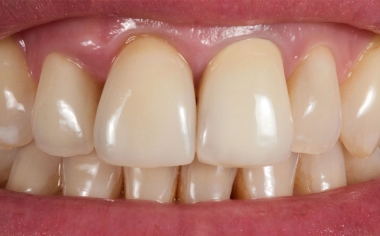
Fig. 1: The initial situation with lifeless, metal-ceramic crowns in the esthetic zone.
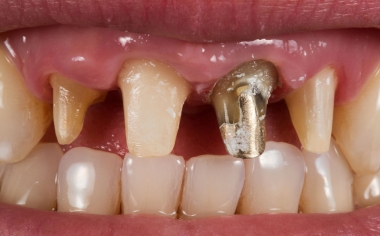
Fig. 2: Full crown preparation for the new, all-ceramic crowns.
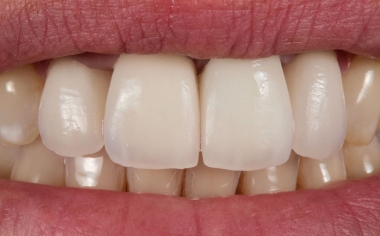
Fig. 3: The situation during the clinical try-in of the raw firing.
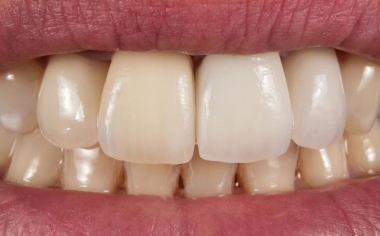
Fig. 4: In the first step, the chroma of crown 21 did not have an optimal match with the rest of the dentition.
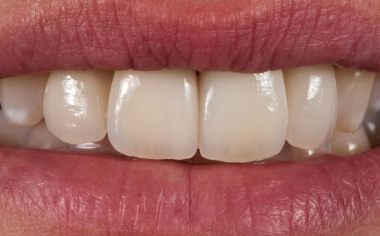
Fig. 5: Perfect color harmony once all the crowns have been characterized with CHROMA STAINS and then glazed.
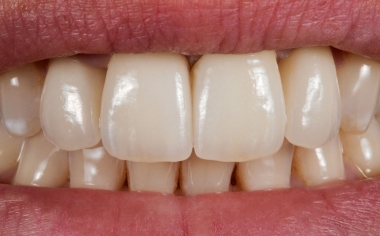
Fig. 6: The final esthetic results after the self-adhesive fixation of the crowns.
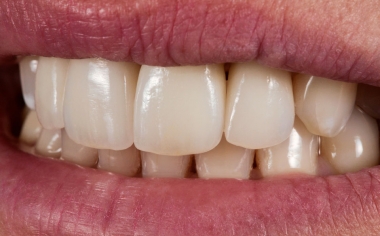
Fig. 7: The harmonious integration of the all-ceramic crowns.